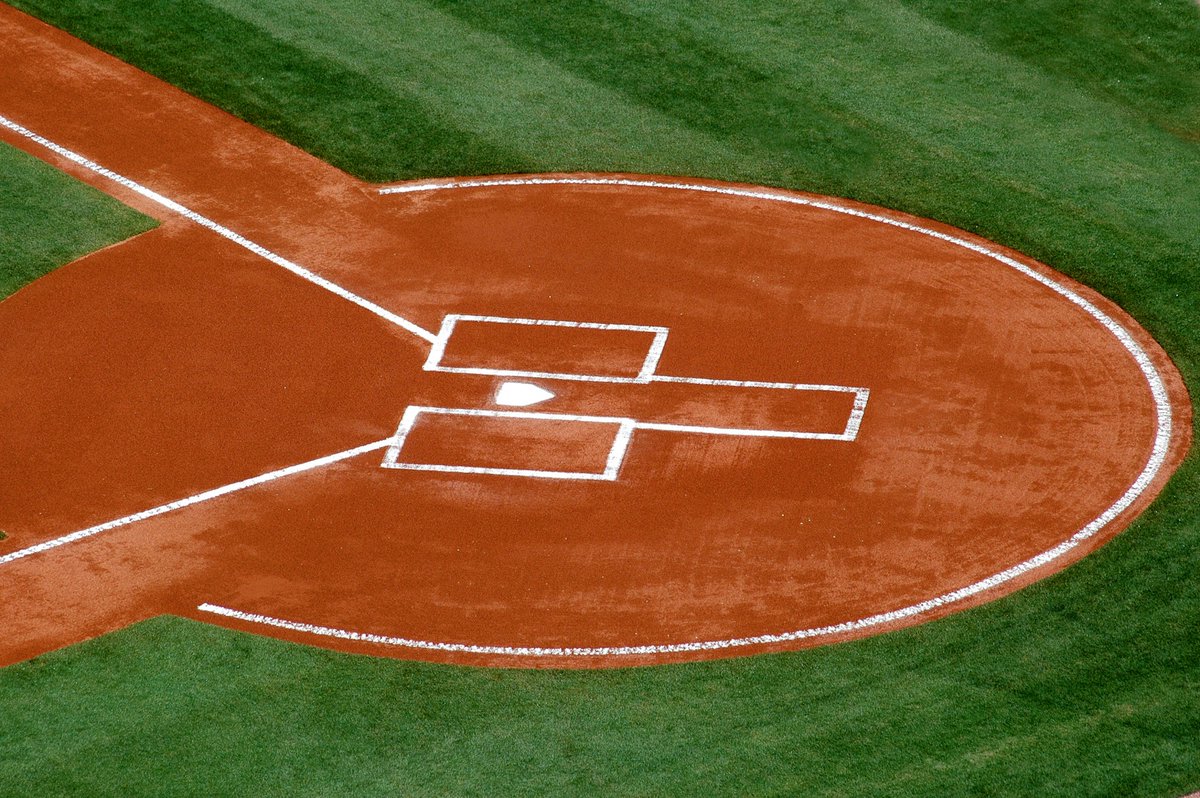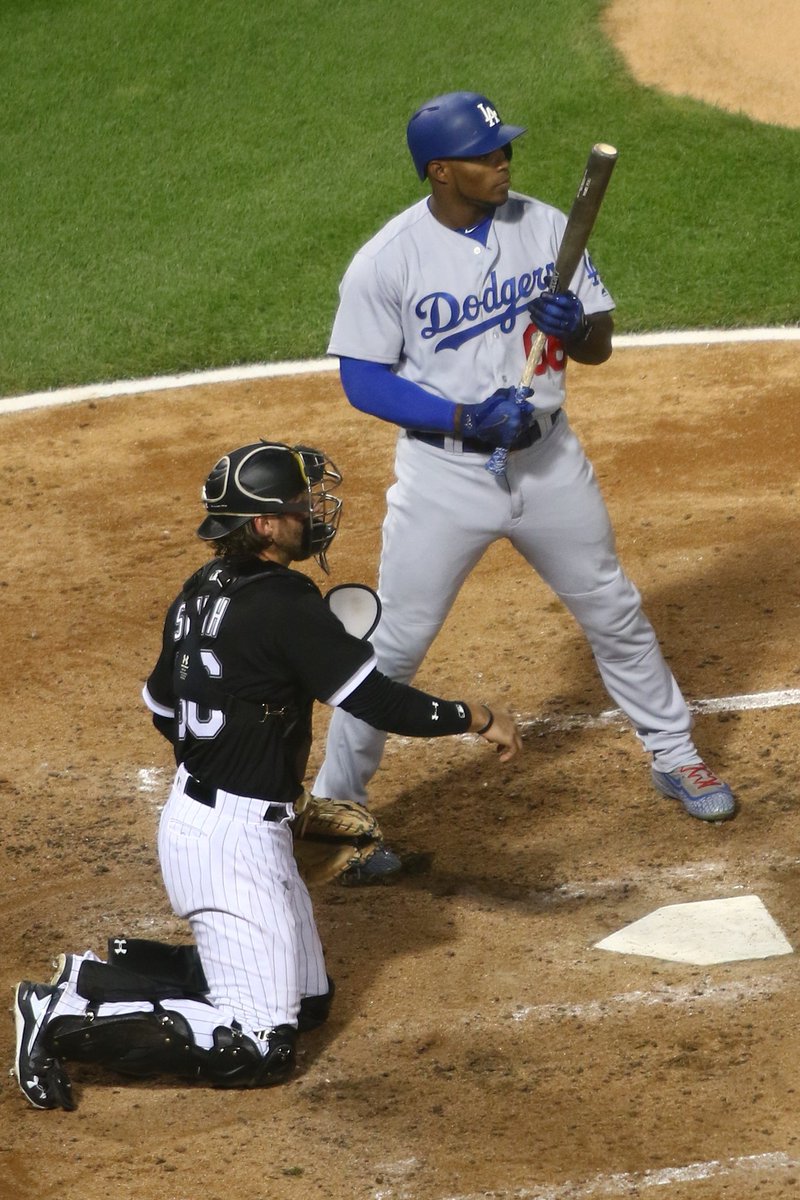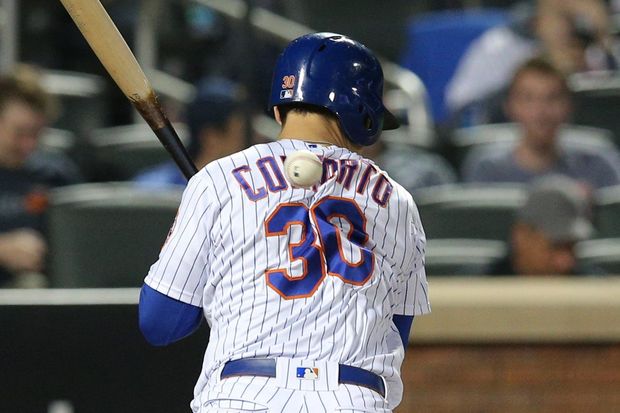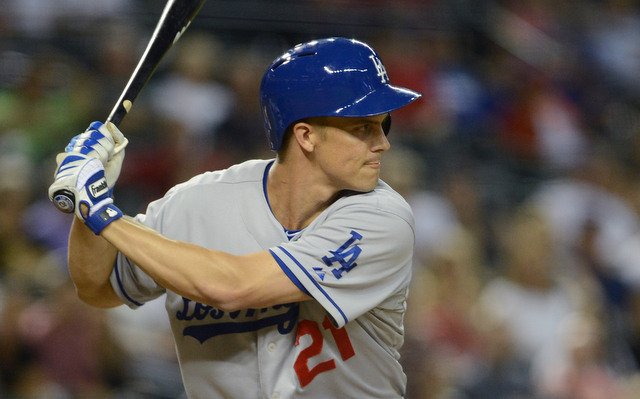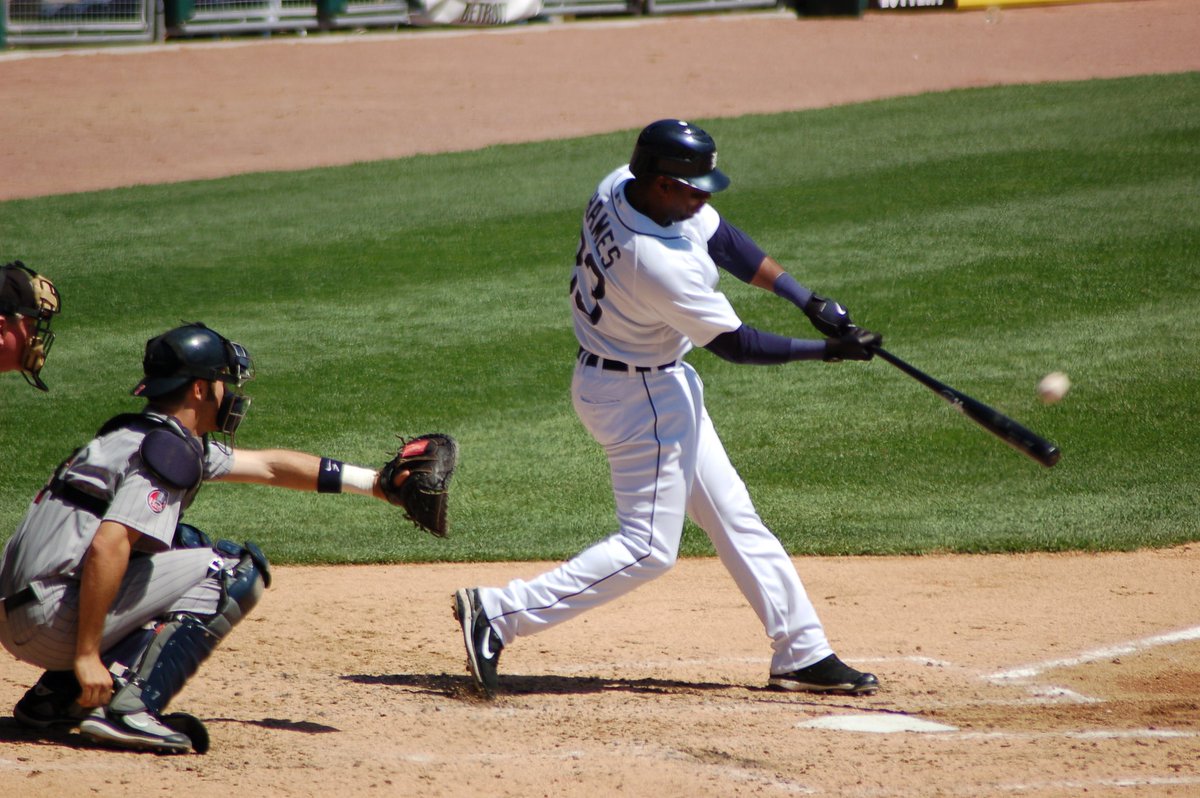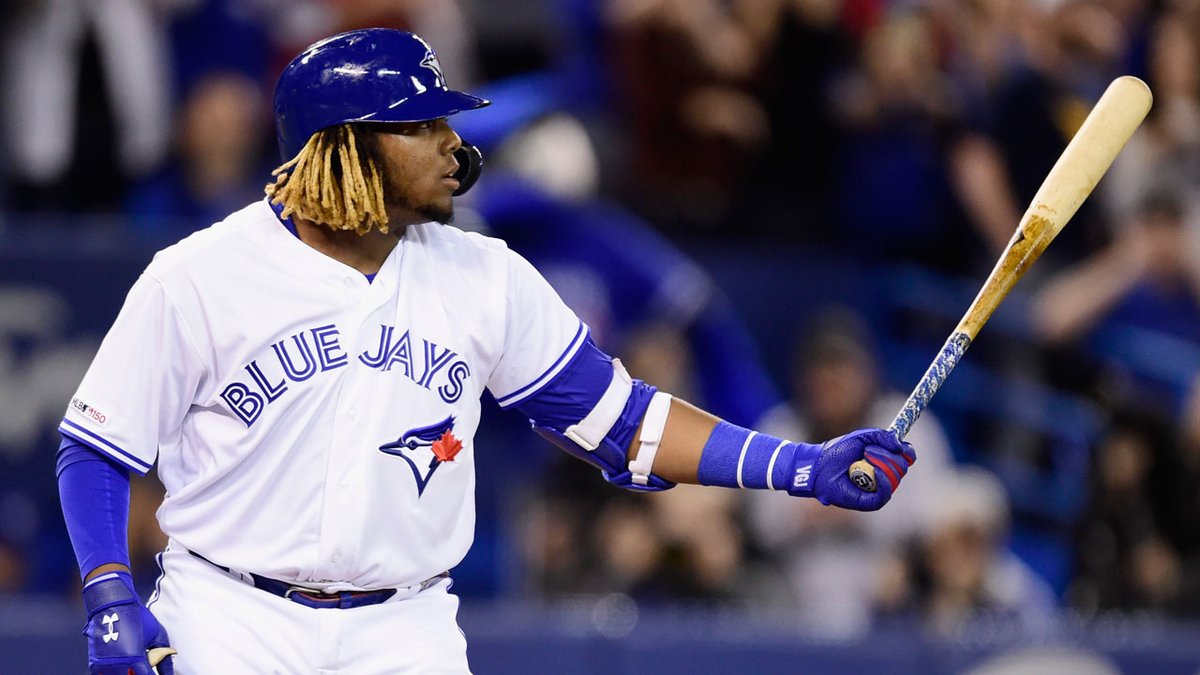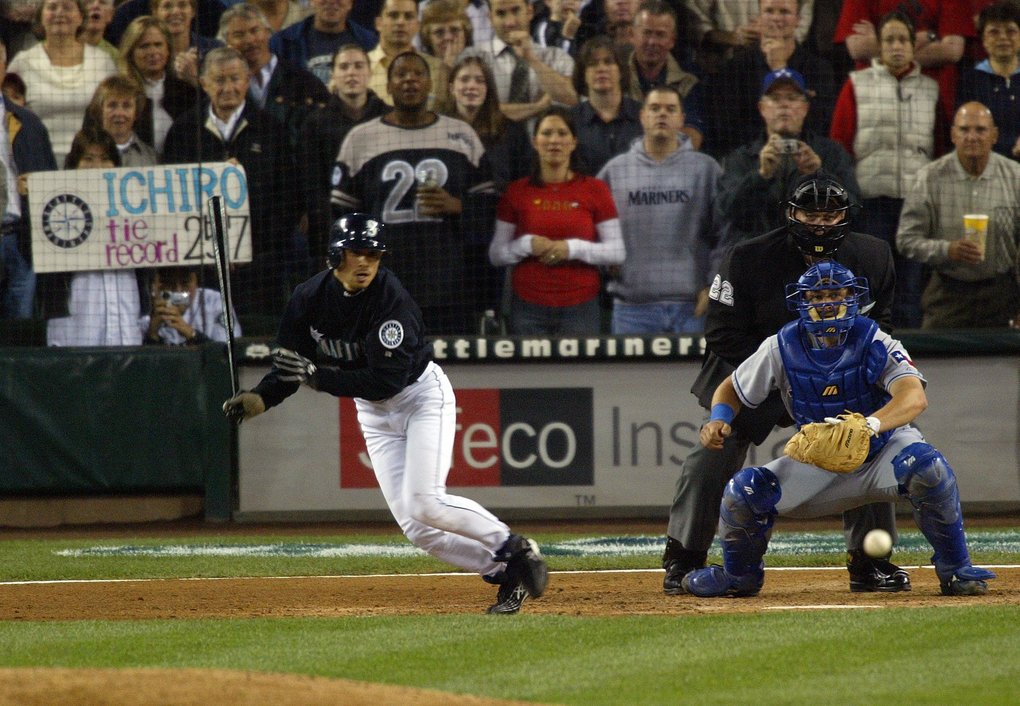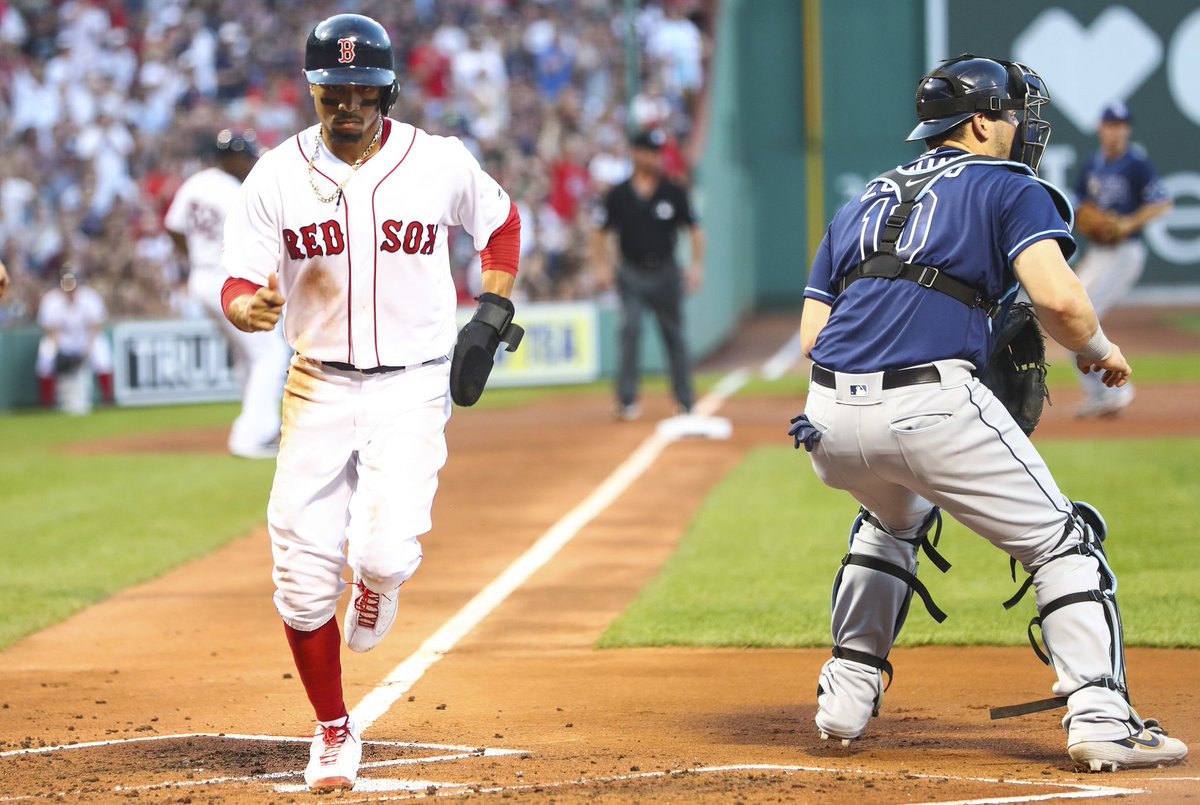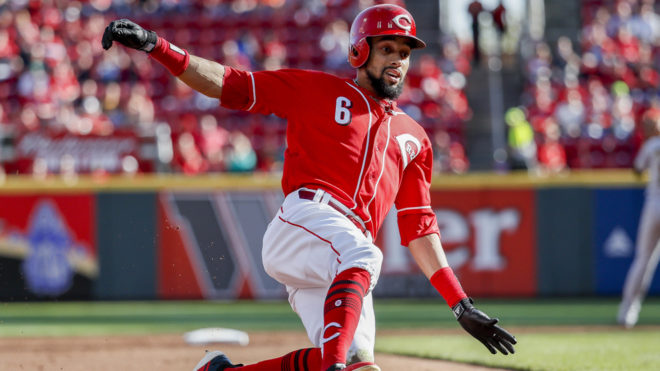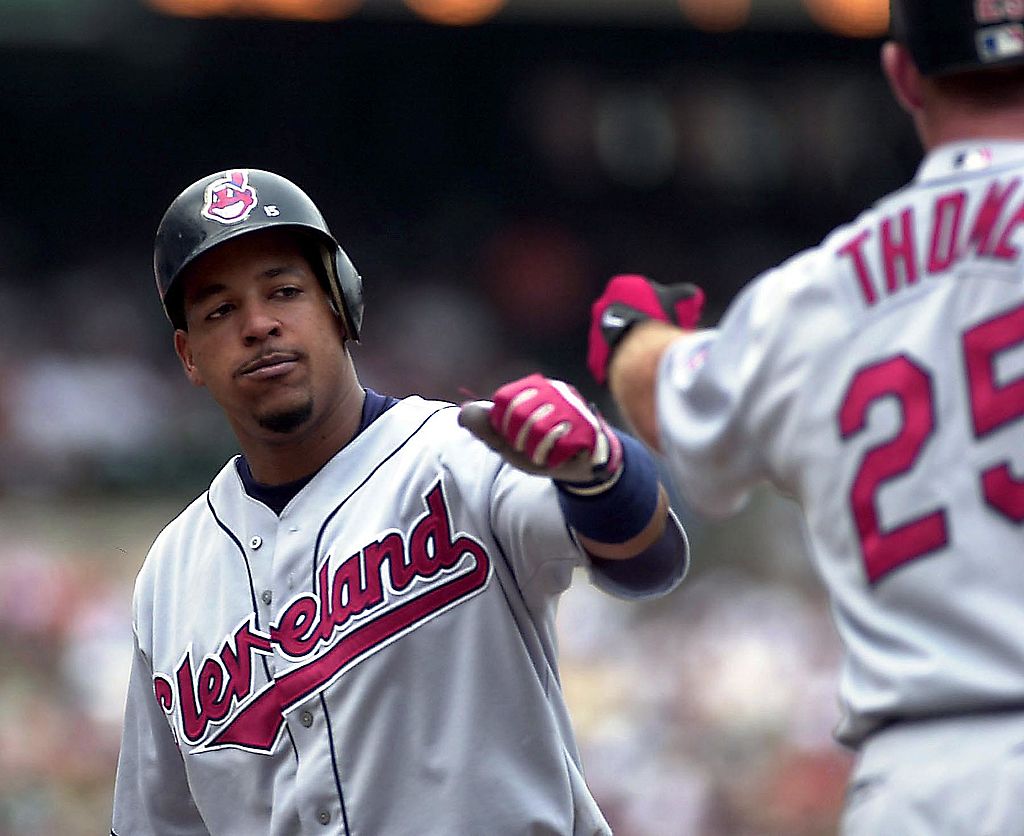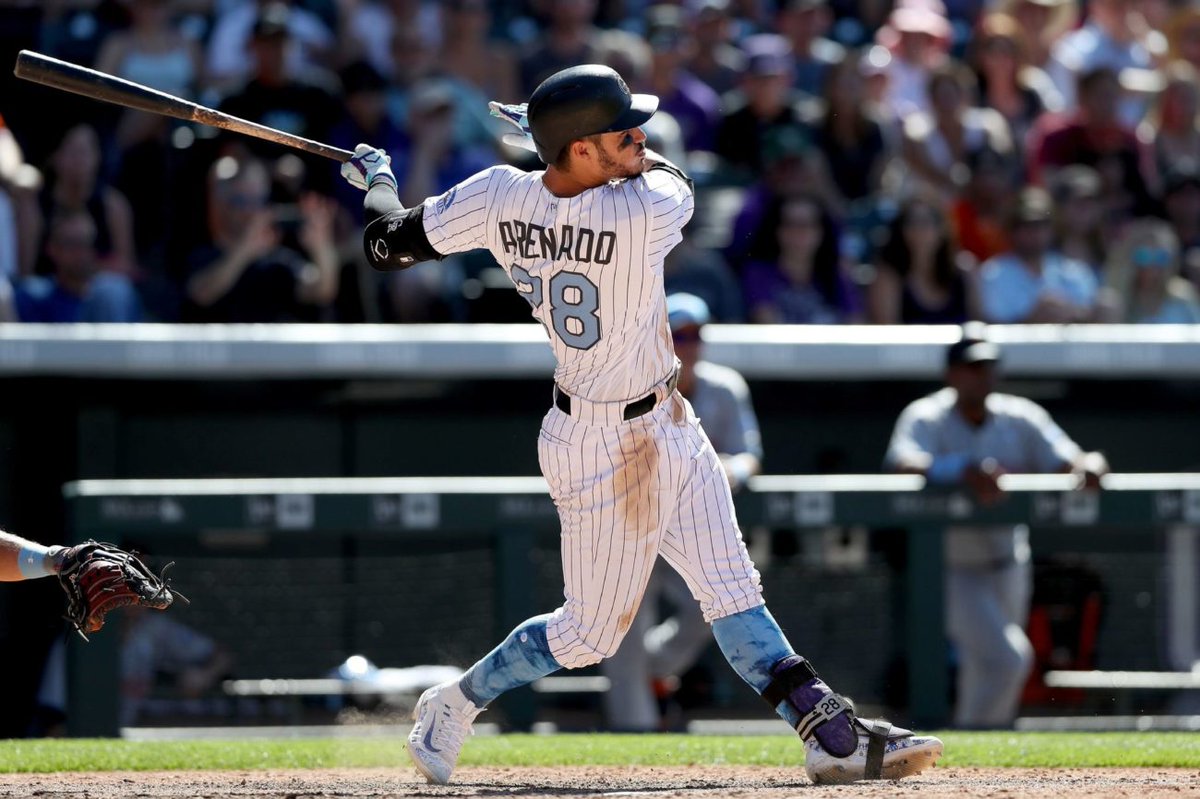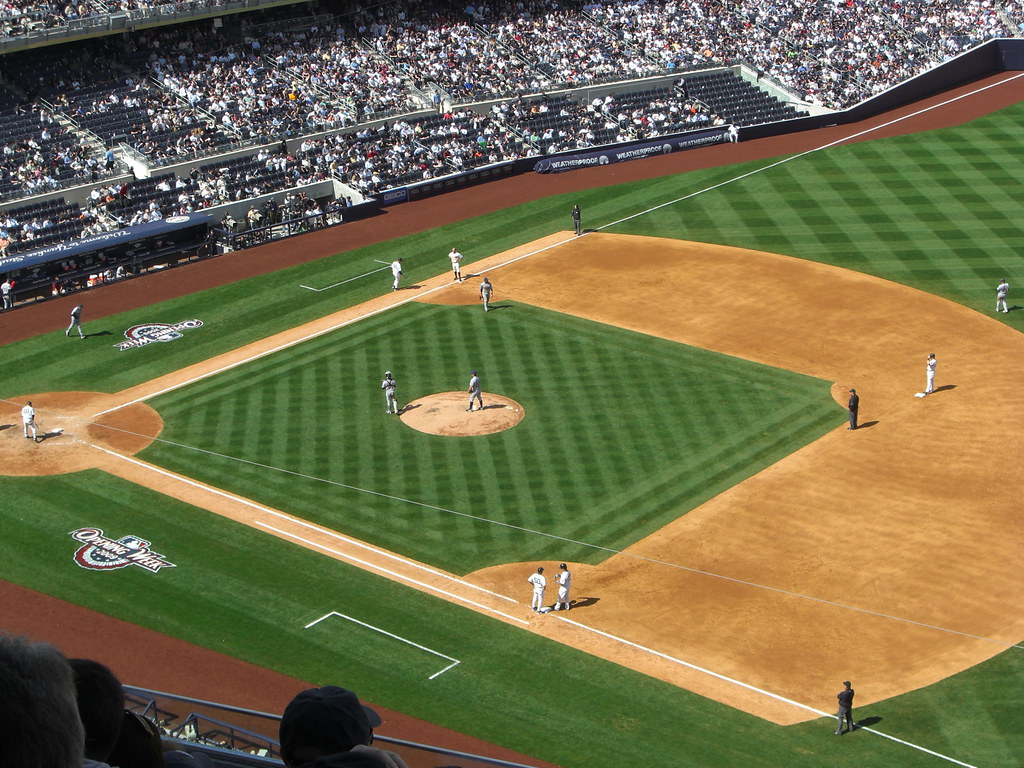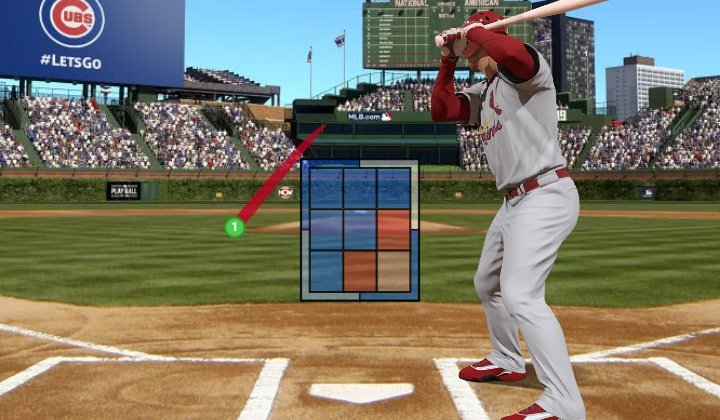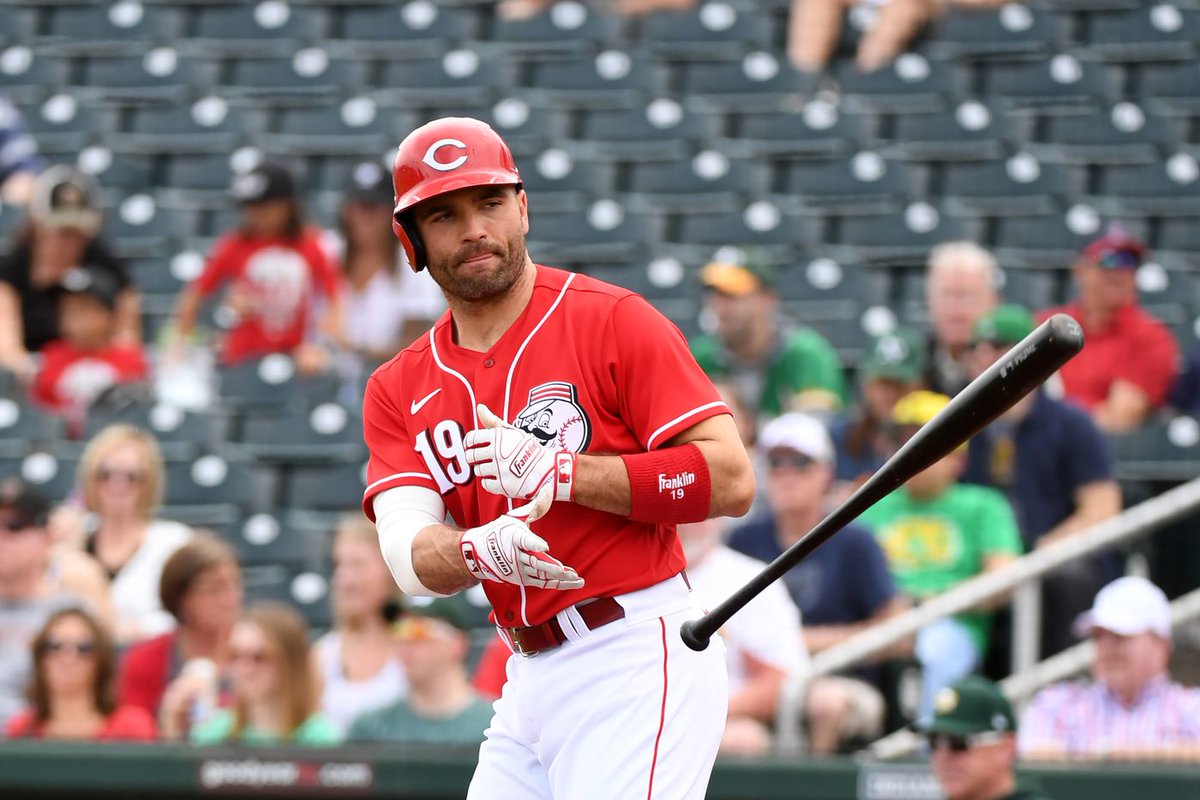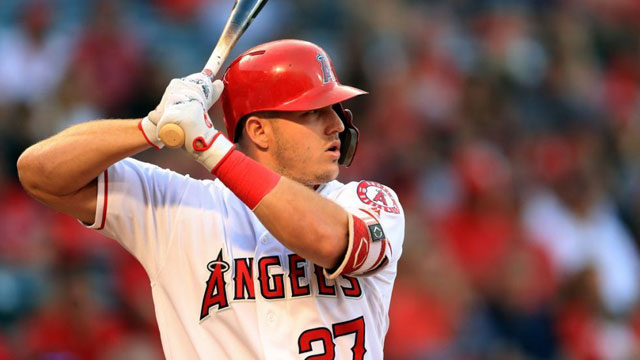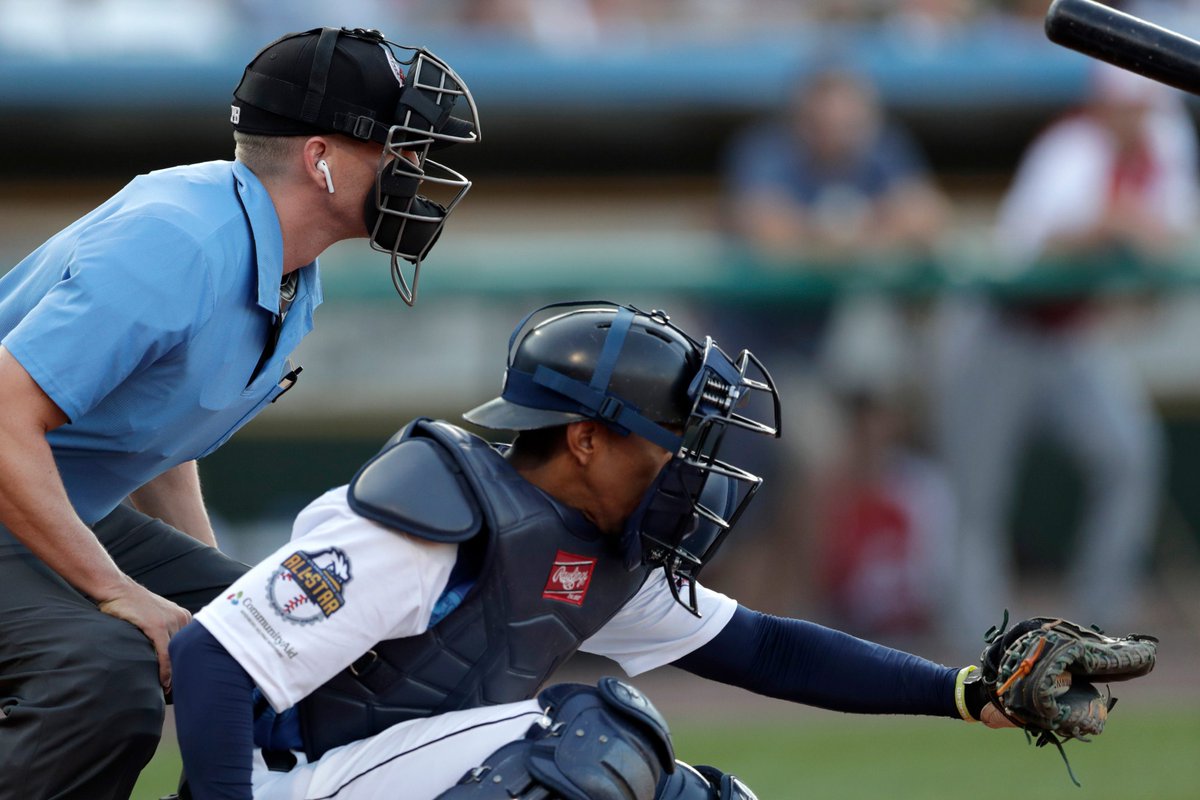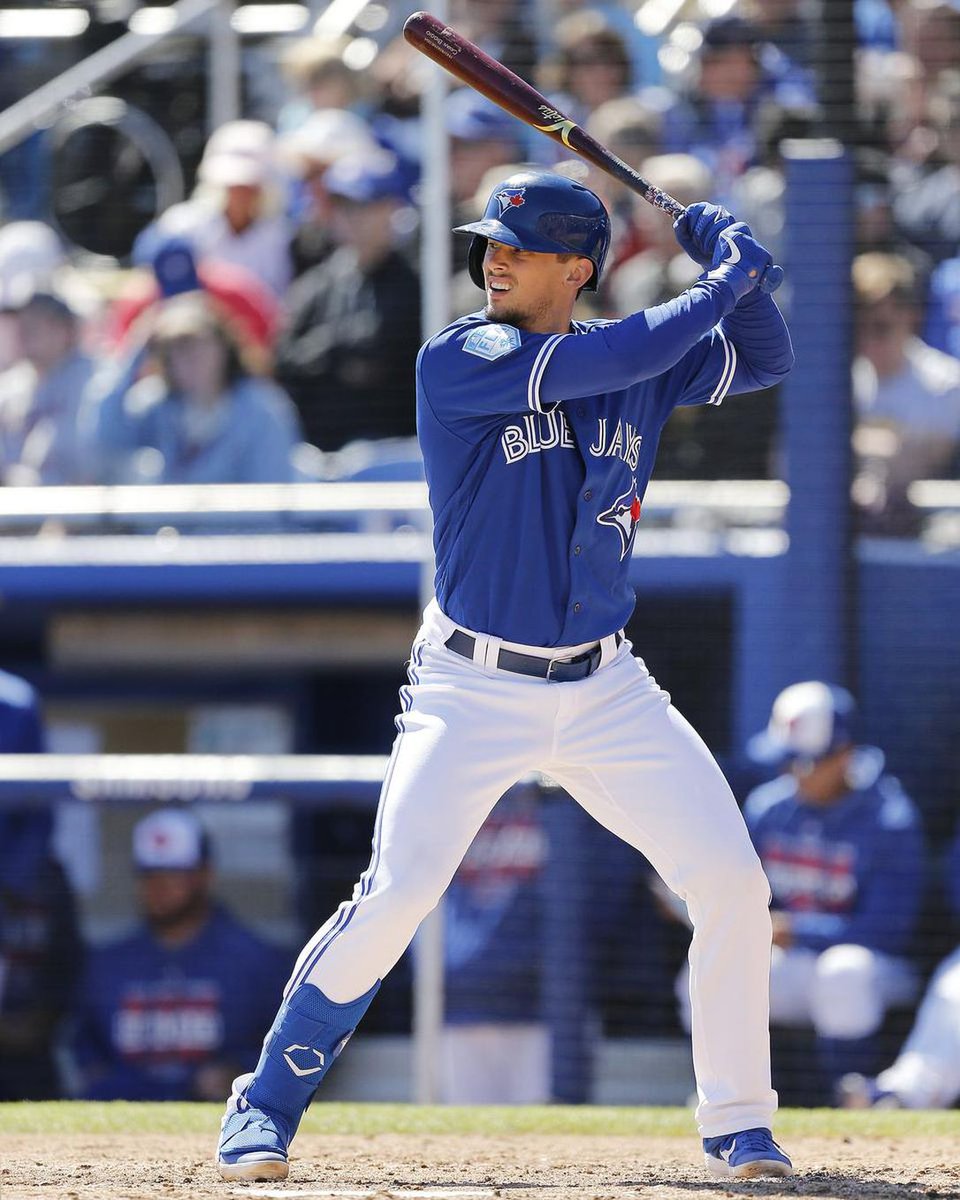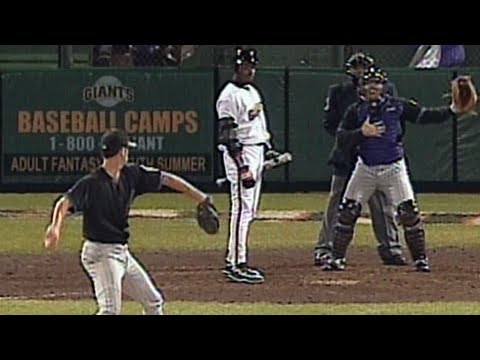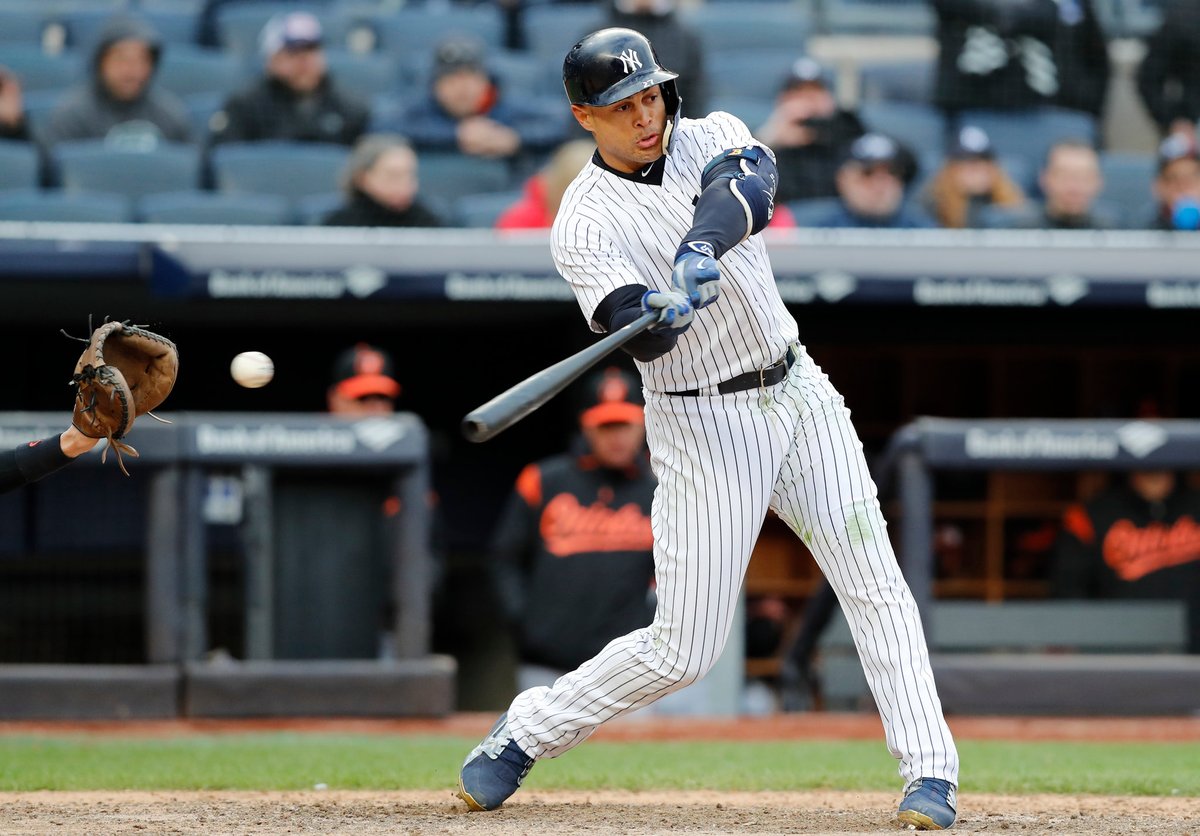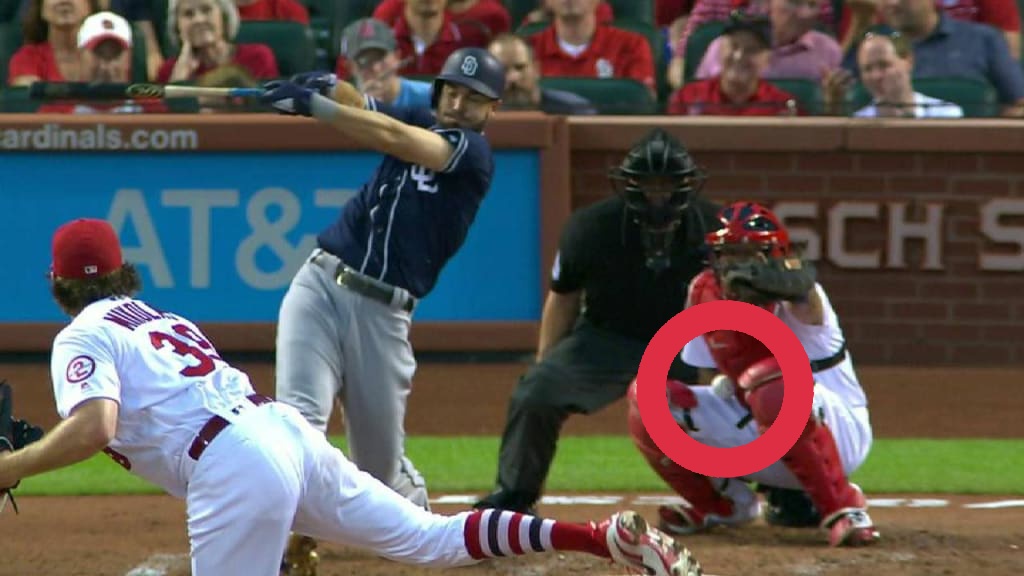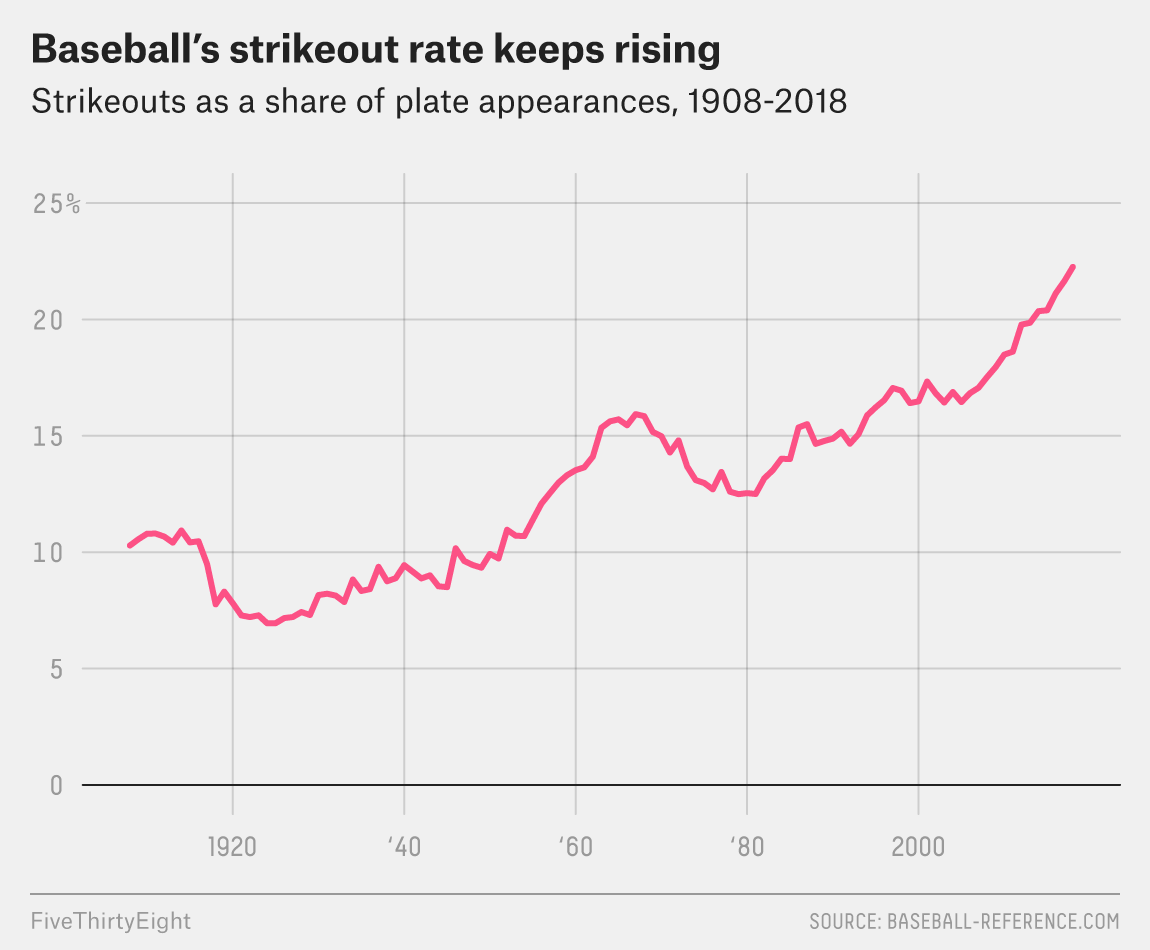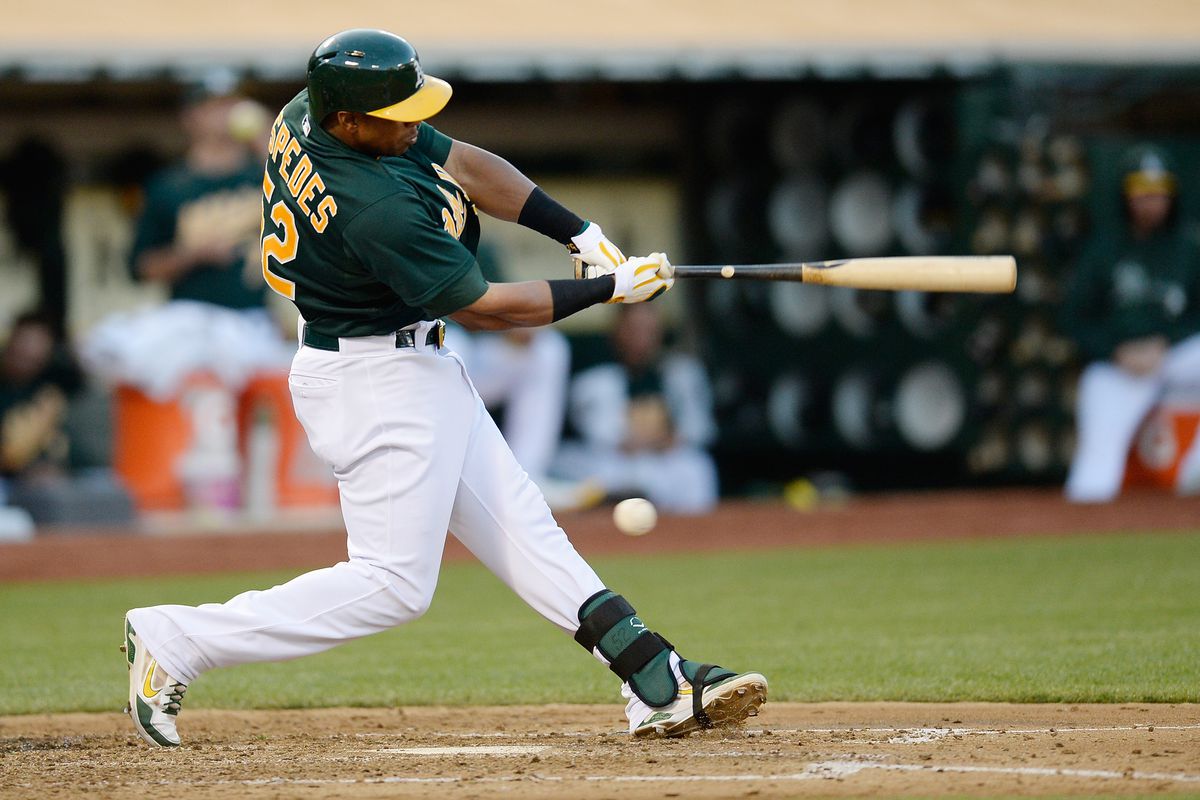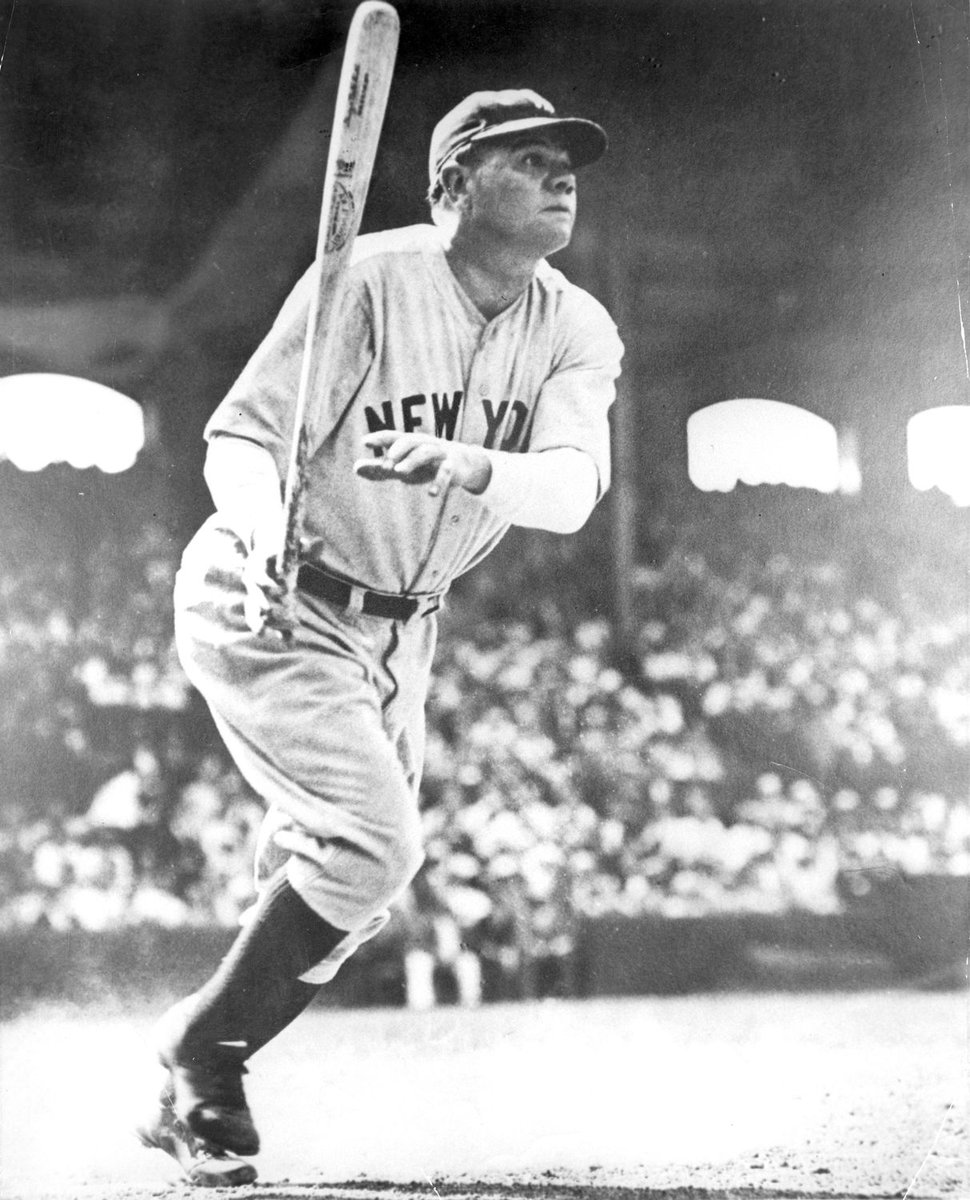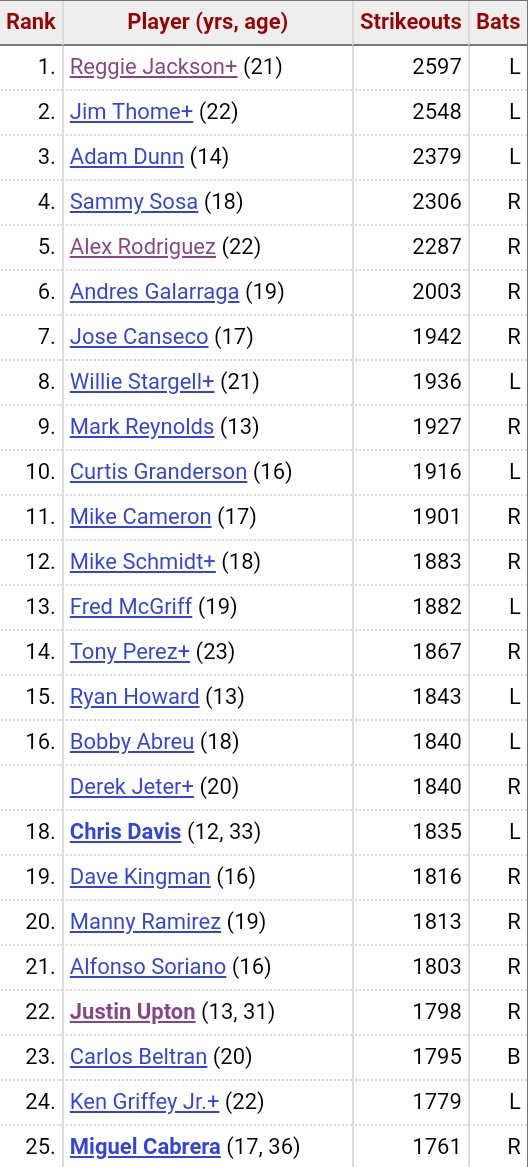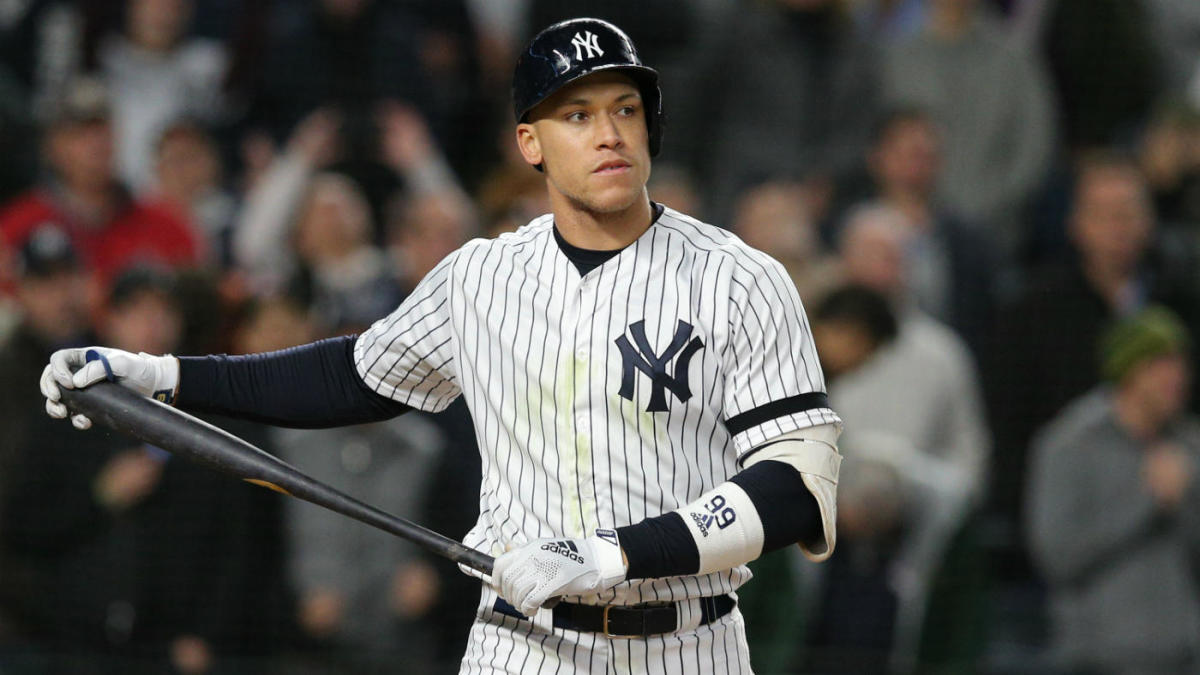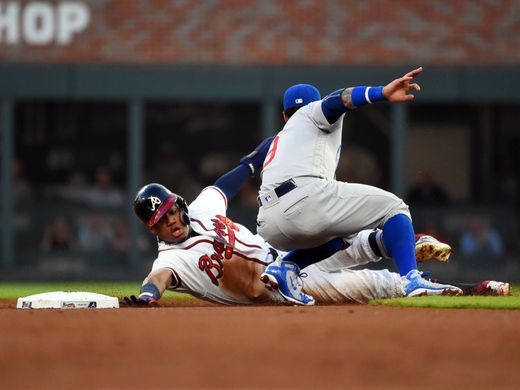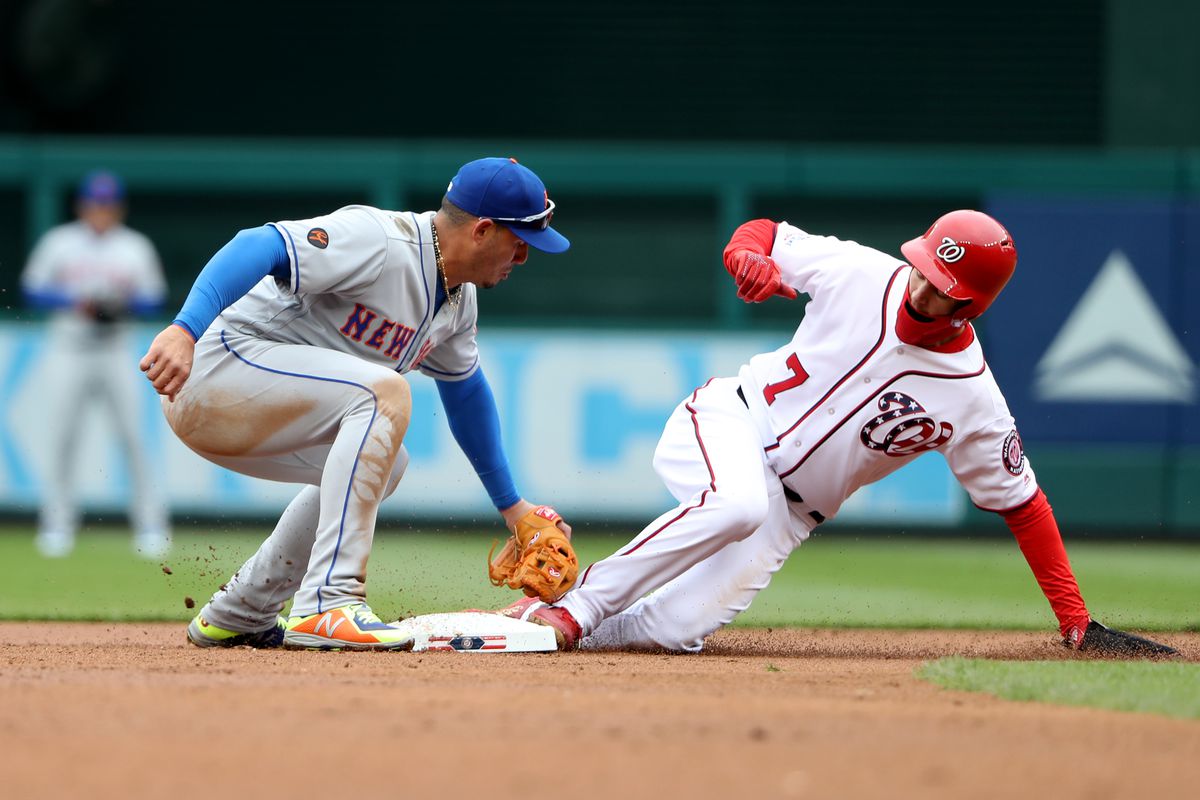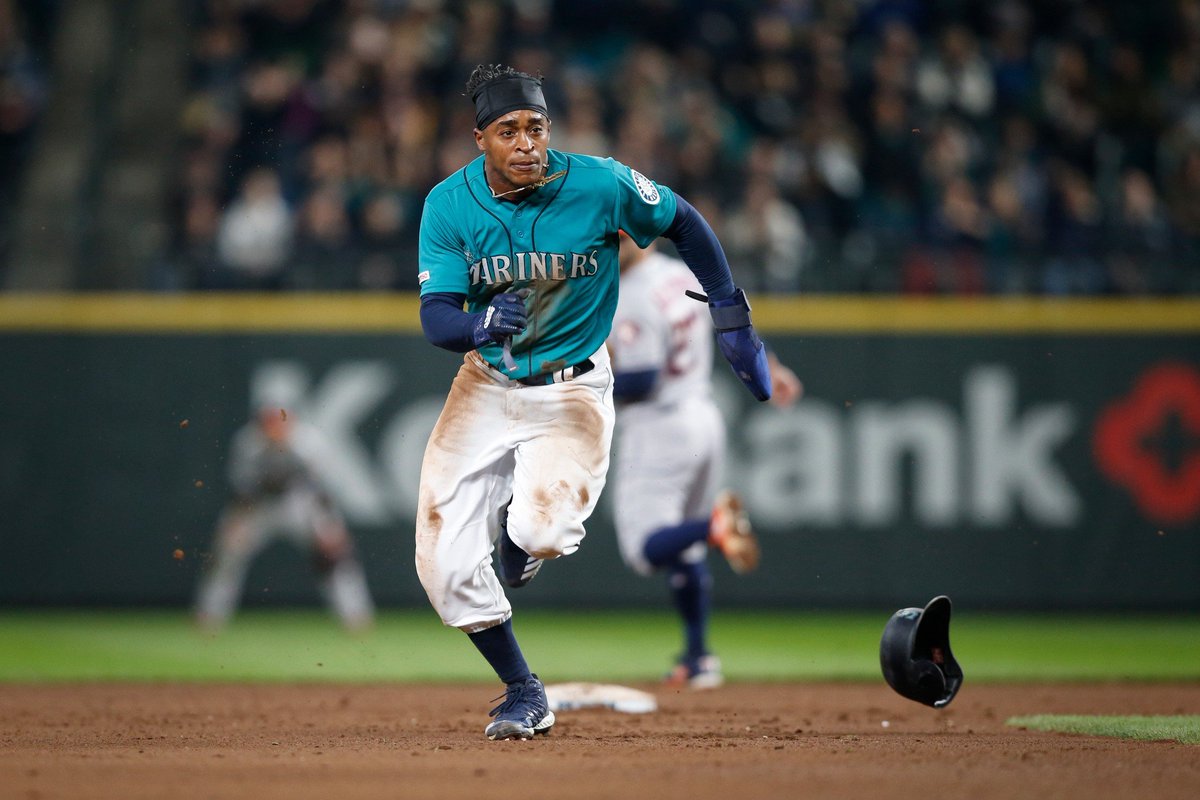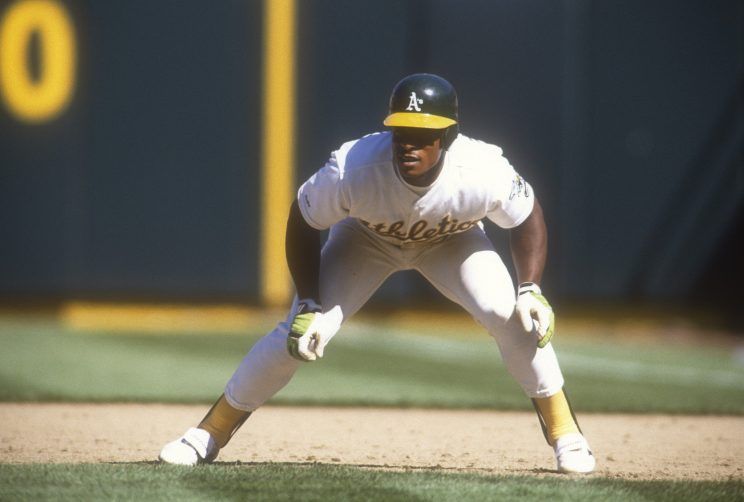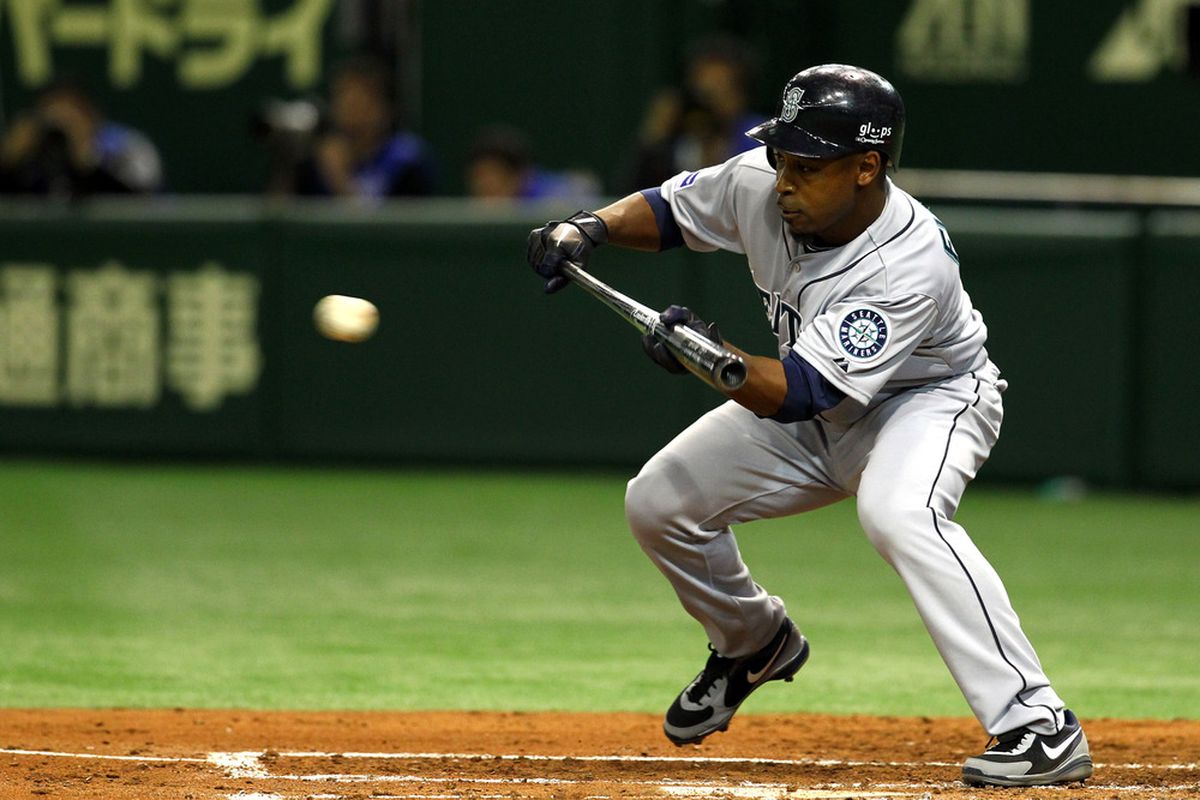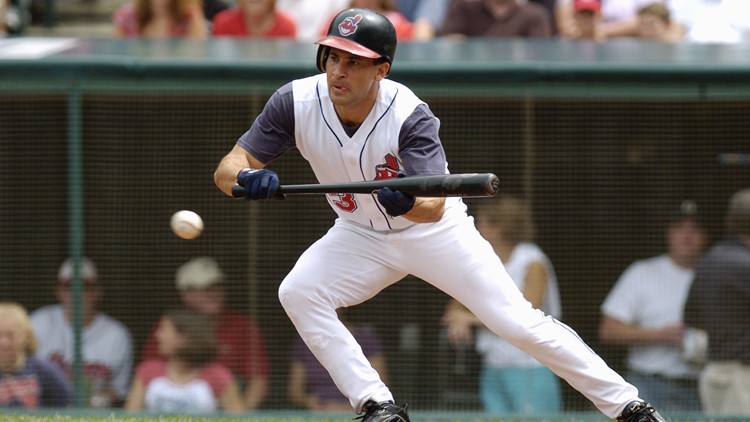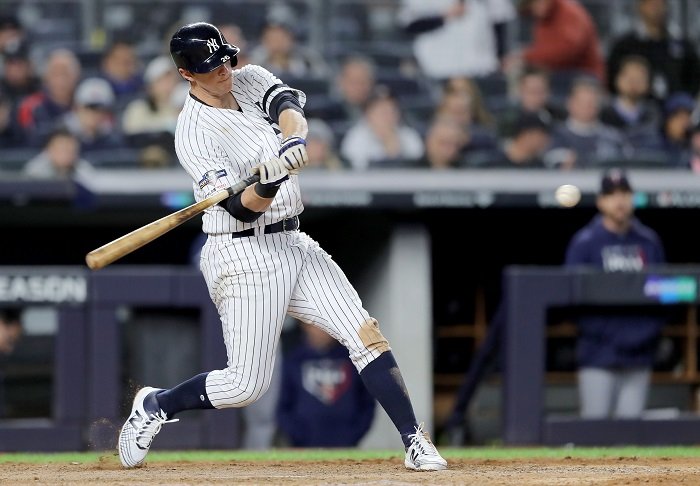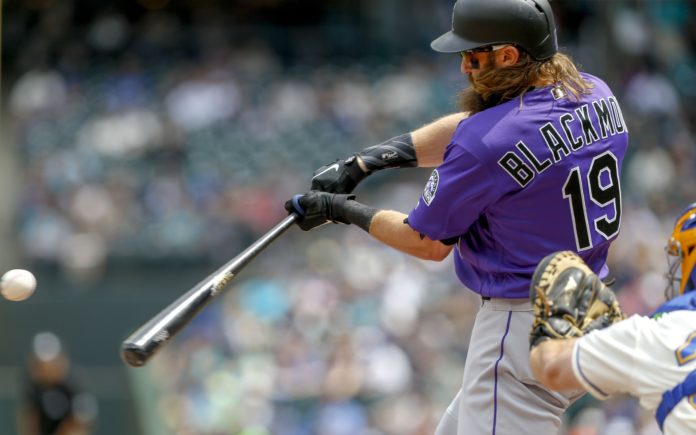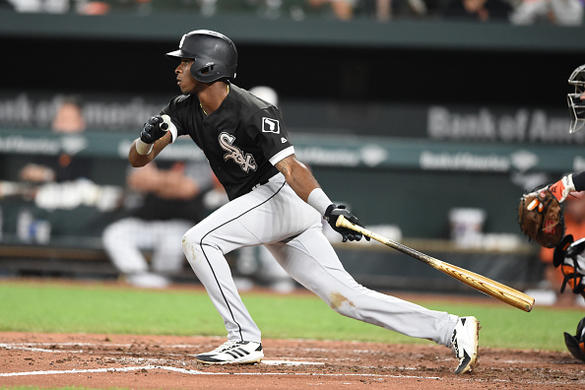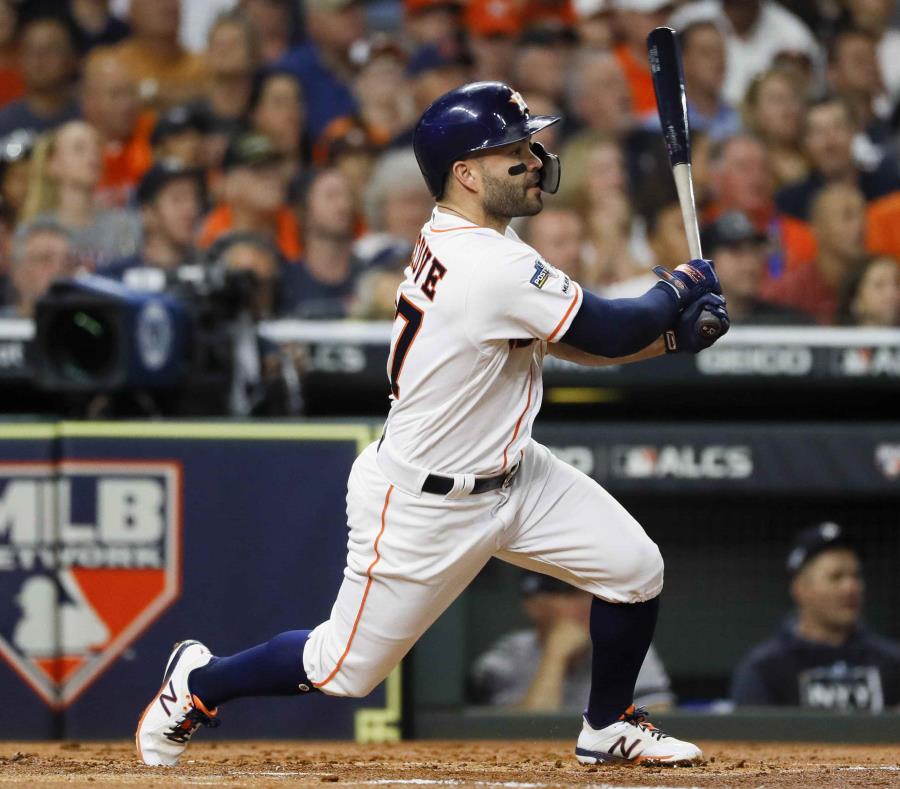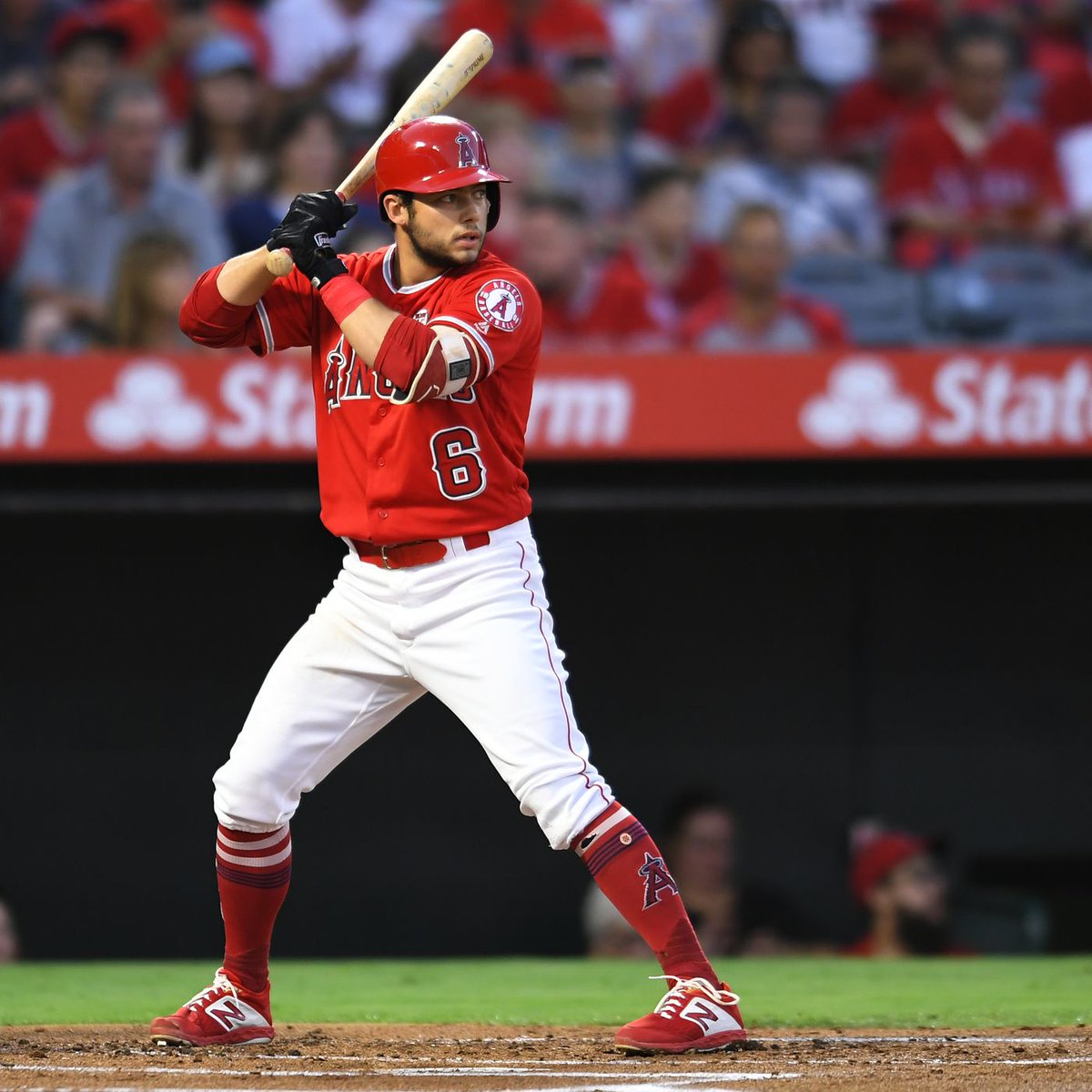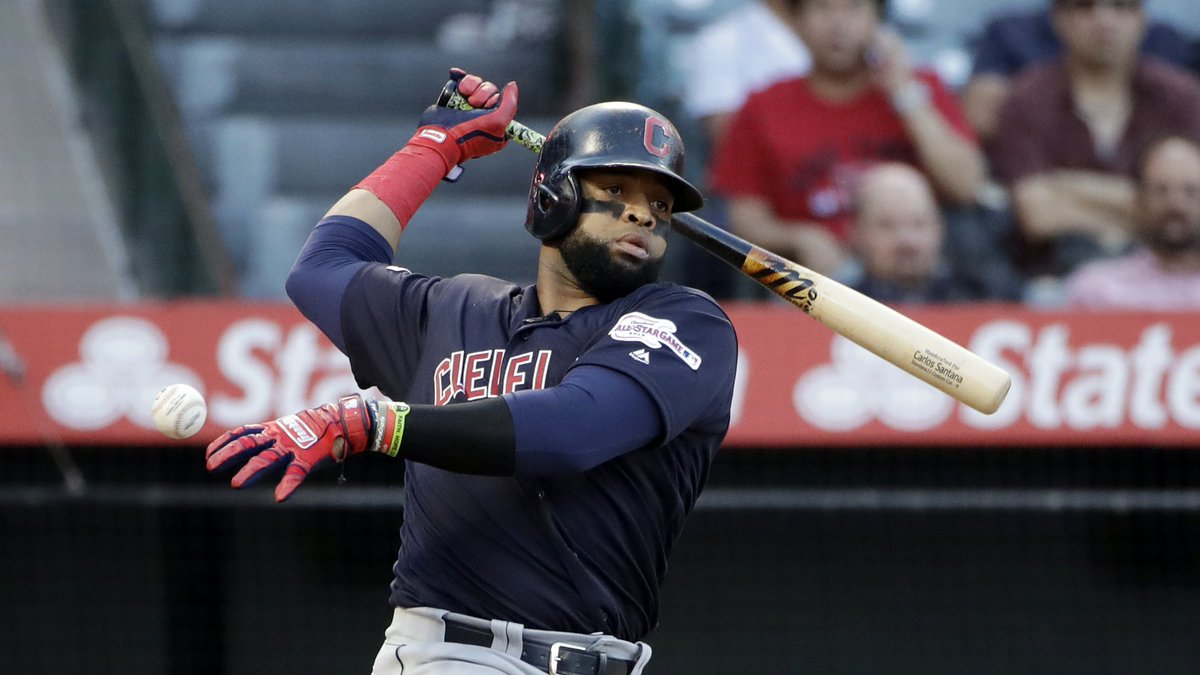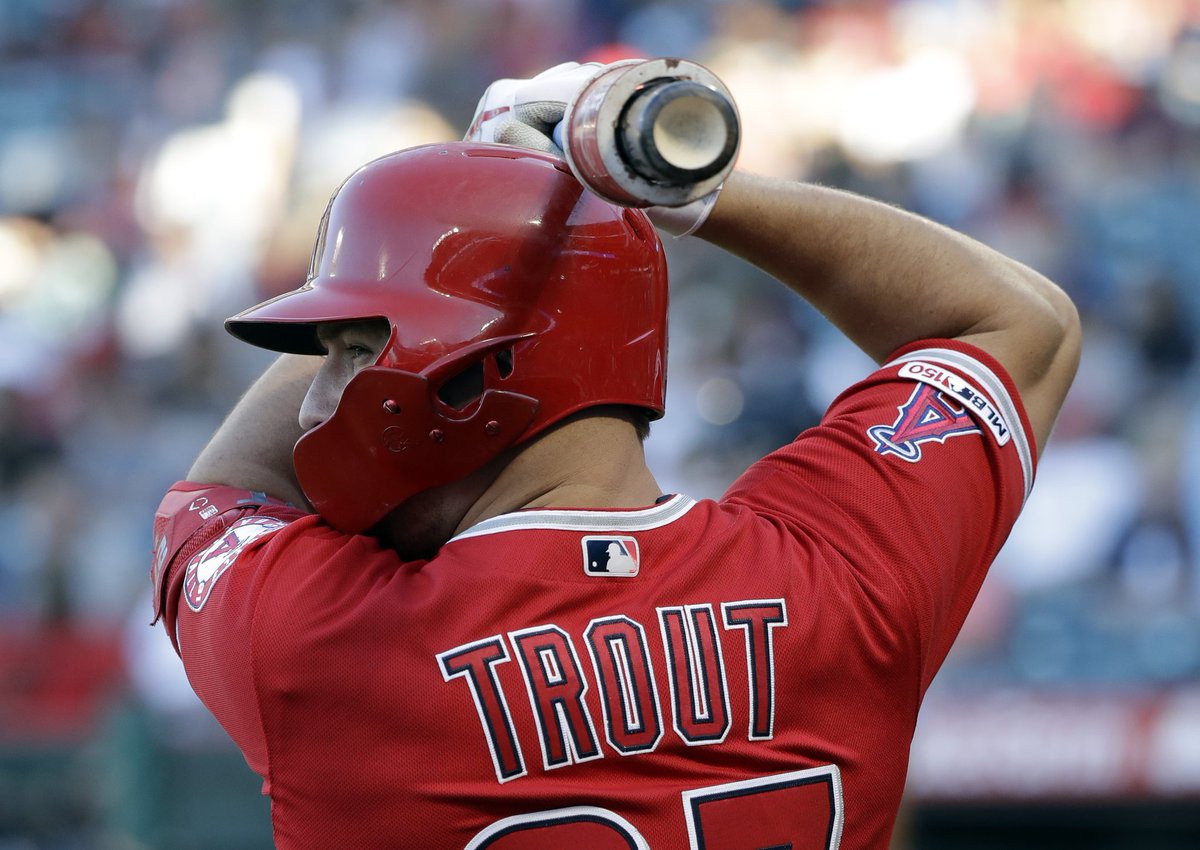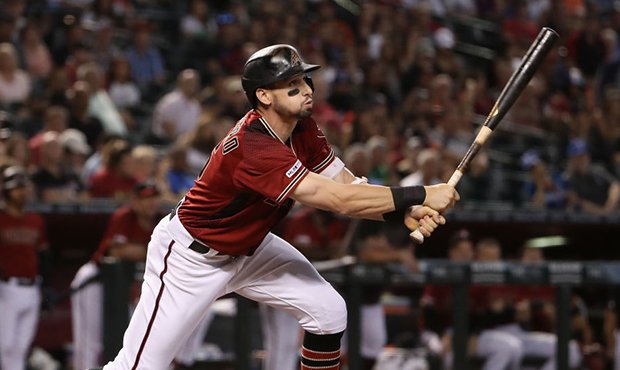Under here begins the #BaseballTerms101 thread on hitting stats.
We're gonna start with basic counting stats and then move on to rate stats and some advanced stats.
If you're newer, these will help. Here's easier access to our other threads: https://twitter.com/pinchtlkpodcast/status/1265367900380180482?s=19
We're gonna start with basic counting stats and then move on to rate stats and some advanced stats.
If you're newer, these will help. Here's easier access to our other threads: https://twitter.com/pinchtlkpodcast/status/1265367900380180482?s=19
PLATE APPEARANCES (PA) and AT BATS (AB)
We start out with the most basic of the counting stats.
There's no mystery here, right? Wrong. There's a small distinction to be made. Let's see what it is.
#BaseballTerms101
We start out with the most basic of the counting stats.
There's no mystery here, right? Wrong. There's a small distinction to be made. Let's see what it is.
#BaseballTerms101
First off, a plate appearance is simply when a hitter walks into the batter's box to take his turn to hit.
Very simple.
Guys who play everyday will end up with 600+ plate appearances over a season, roughly 4-5ish per game.
#BaseballTerms101
Very simple.
Guys who play everyday will end up with 600+ plate appearances over a season, roughly 4-5ish per game.
#BaseballTerms101
An official AB, however, is a plate appearance that ends in one of these outcomes:
- A hit
- A fielding error
- Fielder's choice
- An out (except for sacrifices)
This means if a PA ends in:
- A walk/base on balls
- Hit by pitch
- Sacrifice
It's not an AB
#BaseballTerms101
- A hit
- A fielding error
- Fielder's choice
- An out (except for sacrifices)
This means if a PA ends in:
- A walk/base on balls
- Hit by pitch
- Sacrifice
It's not an AB
#BaseballTerms101
Is this weird? It absolutely is.
The easiest way to remember this is every AB is a PA, but not every PA is an AB.
PAs and ABs are used to calculate some of the rate stats we'll see further down the line.
#BaseballTerms101
The easiest way to remember this is every AB is a PA, but not every PA is an AB.
PAs and ABs are used to calculate some of the rate stats we'll see further down the line.
#BaseballTerms101
HITS (H)
The main way of scoring runs.
A hit is when a batter makes contact with the pitch, puts the ball into the field of play and ends up reaching at least first base on his own merit.
There's 4 types of hits:
Single
Double
Triple
Home run
#BaseballTerms101
The main way of scoring runs.
A hit is when a batter makes contact with the pitch, puts the ball into the field of play and ends up reaching at least first base on his own merit.
There's 4 types of hits:
Single
Double
Triple
Home run
#BaseballTerms101
A SINGLE (1B) is a hit in which the hitter stops at first base.
It's the most common type of hit; even the elite power hitters hit significantly more singles than home runs (unless your name is Joey Gallo).
Here's HOFer Ichiro Suzuki hitting infield singles:
#BaseballTerms101
It's the most common type of hit; even the elite power hitters hit significantly more singles than home runs (unless your name is Joey Gallo).
Here's HOFer Ichiro Suzuki hitting infield singles:
#BaseballTerms101
A DOUBLE (2B) is when the hitter reaches second base.
Most doubles happen when a ball goes over the outfielders heads or when it's hit into one of the gaps.
They're more common than home runs, but less than singles. Here's a compilation of hustle doubles:
#BaseballTerms101
Most doubles happen when a ball goes over the outfielders heads or when it's hit into one of the gaps.
They're more common than home runs, but less than singles. Here's a compilation of hustle doubles:
#BaseballTerms101
A TRIPLE (3B) is when the hitter goes all the way to third base.
It's the most uncommon type of hit by far (teams average less than 1 triple every 5 games), and it sometimes requires some defensive misplay in order to happen.
They're fun tho. Here's some:
#BaseballTerms101
It's the most uncommon type of hit by far (teams average less than 1 triple every 5 games), and it sometimes requires some defensive misplay in order to happen.
They're fun tho. Here's some:
#BaseballTerms101
Finally, a HOME RUN (HR) is when a batter comes all the way around and touches all 4 bases.
Regular home runs happen when the ball is hit over the outfield fences.
They're becoming more and more common recently.
Here's some no doubt homers:
#BaseballTerms101
Regular home runs happen when the ball is hit over the outfield fences.
They're becoming more and more common recently.
Here's some no doubt homers:
#BaseballTerms101
The other type of home run is (in my humble opinion) the most exciting play in baseball: the inside the park home run.
It's when the ball stays in play but the batter goes around the bases anyway.
Defensive mistakes are typically required.
Here's an example:
#BaseballTerms101
It's when the ball stays in play but the batter goes around the bases anyway.
Defensive mistakes are typically required.
Here's an example:
#BaseballTerms101
In general, the 200 hit barrier for a single season is a tough one to break, with sometimes no player doing it.
Most high level players who are starters usually end up with anywhere between 140 and 190 hits depending on their style.
#BaseballTerms101
Most high level players who are starters usually end up with anywhere between 140 and 190 hits depending on their style.
#BaseballTerms101
The all time single season hit record was set by Ichiro Suzuki in 2004, at an incredible 262.
With how the modern game is played, this record might stand for a while.
(I'd put up the vid of him breaking the previous record but Ion want MLB sniping us)
#BaseballTerms101
With how the modern game is played, this record might stand for a while.
(I'd put up the vid of him breaking the previous record but Ion want MLB sniping us)
#BaseballTerms101
RUNS (R) and RUNS BATTED IN (RBI)
Runs are the baseball equivalent of points or goals.
A run is scored when a batter comes all the way around the bases touching all 4.
Let's do a quick summary.
#BaseballTerms101
Runs are the baseball equivalent of points or goals.
A run is scored when a batter comes all the way around the bases touching all 4.
Let's do a quick summary.
#BaseballTerms101
Individual runs scored is a traditional stat that doesn't carry the weight now that it used to.
This is bc people have realized it's very dependant on external factors (like how good your teammates are).
The guys at the top of a lineup usually score the most.
#BaseballTerms101
This is bc people have realized it's very dependant on external factors (like how good your teammates are).
The guys at the top of a lineup usually score the most.
#BaseballTerms101
Teams typically average somewhere around 4-5 runs per game.
The last time a team scored over 1000 runs in a full season was in 1999, when the Cleveland Indians scored 1009, averaging well over 6 per game.
#BaseballTerms101
The last time a team scored over 1000 runs in a full season was in 1999, when the Cleveland Indians scored 1009, averaging well over 6 per game.
#BaseballTerms101
RBI is a traditional counting stat that measures how many runners score thanks to the result of an individual player's PA.
It's usually accumulated as a result of a hit allowing a baserunner to score.
A home run counts as an RBI too, cause you score yourself.
#BaseballTerms101
It's usually accumulated as a result of a hit allowing a baserunner to score.
A home run counts as an RBI too, cause you score yourself.
#BaseballTerms101
RBI is one of baseball's most prominent and historical stats, but it's also not a stat that tells you everything about a player's skill.
It depends a lot on how many baserunners are on when it's your turn to bat.
3rd and 4th place hitters accumulate a lot.
#BaseballTerms101
It depends a lot on how many baserunners are on when it's your turn to bat.
3rd and 4th place hitters accumulate a lot.
#BaseballTerms101
To finish this off, here's one of the most famous RBI hits in the history of baseball:
Edgar Martínez's walk off two-RBI double in the bottom of the 11th inning. Game 5, 1995 ALDS, with a legendary call from Dave Niehaus.
Enjoy.
#BaseballTerms101
Edgar Martínez's walk off two-RBI double in the bottom of the 11th inning. Game 5, 1995 ALDS, with a legendary call from Dave Niehaus.
Enjoy.
#BaseballTerms101
WALK or BASE ON BALLS (BB)
The other main way to get on base aside from hits.
A walk is achieved when the pitcher throws 4 pitches out of the strikezone that the batter doesn't swing at.
It takes discipline and a good eye to walk often.
#BaseballTerms101
The other main way to get on base aside from hits.
A walk is achieved when the pitcher throws 4 pitches out of the strikezone that the batter doesn't swing at.
It takes discipline and a good eye to walk often.
#BaseballTerms101
The base on balls is called a walk because when it happens, the batter can walk freely to first base.
It's worse than a hit because a hit can allow baserunners to advance multiple bases at a time, but not much worse.
It's worse than a hit because a hit can allow baserunners to advance multiple bases at a time, but not much worse.
The average walk rate is around 8%, which means a batter walks in 8% of his PAs.
A 10% walk rate is good. Near 15% is excellent and anything above 17% is incredible.
The best hitters walk a lot because pitchers don't want to challenge them, so they miss more.
#BaseballTerms101
A 10% walk rate is good. Near 15% is excellent and anything above 17% is incredible.
The best hitters walk a lot because pitchers don't want to challenge them, so they miss more.
#BaseballTerms101
The strikezone is not always the same, because wether a pitch is a ball or a strike is determined by the home plate umpire, who's a human being.
Being aware of what an umpire is calling and not is a big part of controlling the zone.
#BaseballTerms101
Being aware of what an umpire is calling and not is a big part of controlling the zone.
#BaseballTerms101
The great thing about a walk is it's the act of avoiding an out.
It allows you to get on base without having to make contact with the ball.
This is valuable, specially today, when pitchers are nastier than ever.
#BaseballTerms101
It allows you to get on base without having to make contact with the ball.
This is valuable, specially today, when pitchers are nastier than ever.
#BaseballTerms101
An INTENTIONAL WALK (IBB) is just that: the pitching team walking an opponent on purpose.
It's typically done to avoid pitching to a certain hitter.
One infamous IBB happened in 1998, when Barry Bonds was intentionally walked with the bases loaded.
#BaseballTerms101
It's typically done to avoid pitching to a certain hitter.
One infamous IBB happened in 1998, when Barry Bonds was intentionally walked with the bases loaded.
#BaseballTerms101
As a way to finish this off, here's Joey Votto laying off pitches and taking his walks.
Watch how quickly he recognizes the pitch and it being a ball.
Enjoy.
#BaseballTerms101
Watch how quickly he recognizes the pitch and it being a ball.
Enjoy.
#BaseballTerms101
STRIKEOUT (K or SO)
A name given to a specific type of out where the batter reaches 3 strikes.
It's usually considered different from other outs bc the ball is not put in play.
It's becoming more an more common as of late.
#BaseballTerms101
A name given to a specific type of out where the batter reaches 3 strikes.
It's usually considered different from other outs bc the ball is not put in play.
It's becoming more an more common as of late.
#BaseballTerms101
A swinging strikeout is the batter swinging and missing, thus resulting in the 3rd and final strike.
A strikeout looking (also called backwards K) is when the pitcher throws a strike and the batter doesn't swing at it.
Here's a bunch of both:
#BaseballTerms101
A strikeout looking (also called backwards K) is when the pitcher throws a strike and the batter doesn't swing at it.
Here's a bunch of both:
#BaseballTerms101
The other type of strikeout is the foul tip, which happens when the batter makes contact with the ball, but right back to the catcher without bouncing in the dirt or anything.
Sometimes they're painful for the catcher, the umpire, or both.
#BaseballTerms101
Sometimes they're painful for the catcher, the umpire, or both.
#BaseballTerms101
For the longest, striking out was considered shameful, as it's an "unproductive" out.
That idea has been disappearing in recent times, with teams accepting strikeouts in exchange for better results when the ball is put in play.
Look how the % rises.
#BaseballTerms101
That idea has been disappearing in recent times, with teams accepting strikeouts in exchange for better results when the ball is put in play.
Look how the % rises.
#BaseballTerms101
In general terms, in today's game:
(Rate means per PA)
10% K rate - extremely low
15% K rate - low
20% K rate - average
25% K rate - high
30% K rate - very high
Above 30% - extremely high.
#BaseballTerms101
(Rate means per PA)
10% K rate - extremely low
15% K rate - low
20% K rate - average
25% K rate - high
30% K rate - very high
Above 30% - extremely high.
#BaseballTerms101
Striking out doesn't mean a hitter is bad, however. It happens to everyone.
Babe Ruth (left), who revolutionized baseball in the 1920s, struck out more than anyone else in his time.
And look at the all time leaders list. Most are excellent players or better.
#BaseballTerms101
Babe Ruth (left), who revolutionized baseball in the 1920s, struck out more than anyone else in his time.
And look at the all time leaders list. Most are excellent players or better.
#BaseballTerms101
Even today, some of baseball's best hitters strike out a ton.
Guys like Aaron Judge (down below), Giancarlo Stanton, Joey Gallo (especially him) and others strike out 30% of the time or more, but produce anyway.
Bc when they do hit the ball, it goes far.
#BaseballTerms101
Guys like Aaron Judge (down below), Giancarlo Stanton, Joey Gallo (especially him) and others strike out 30% of the time or more, but produce anyway.
Bc when they do hit the ball, it goes far.
#BaseballTerms101
And to finish, here's German Márquez tying an MLB record with 8 straight Ks.
Watch how many helpless swings and misses he gets on his curveball and slider down below the zone.
Enjoy.
#BaseballTerms101
Watch how many helpless swings and misses he gets on his curveball and slider down below the zone.
Enjoy.
#BaseballTerms101
STOLEN BASE (SB)
One of the trademark baseball plays.
It's when a baserunner advances on the basepaths on his own merit, without a teammate moving him.
They're seen less and less in modern baseball with each passing year because of its risk.
#BaseballTerms101
One of the trademark baseball plays.
It's when a baserunner advances on the basepaths on his own merit, without a teammate moving him.
They're seen less and less in modern baseball with each passing year because of its risk.
#BaseballTerms101
A base stealer needs speed, but also needs good instincts for when to go.
Reading the pitcher and how long he takes to throw the pitch, running on the right type of pitch is thrown, on the right count...
All are key to not get caught stealing (CS).
#BaseballTerms101
Reading the pitcher and how long he takes to throw the pitch, running on the right type of pitch is thrown, on the right count...
All are key to not get caught stealing (CS).
#BaseballTerms101
A good base stealer is valuable beyond the numbers, because he's gonna get the pitcher and catcher's attention just with his presence.
He'll draw throws and force pitchers to be quick with their release, increasing the likelihood of mistakes.
#BaseballTerms101
He'll draw throws and force pitchers to be quick with their release, increasing the likelihood of mistakes.
#BaseballTerms101
The most typical stolen base is a steal of 2nd base.
This is for a simple reason: it's the furthest base from where the catcher is, which makes it tougher to throw a runner out.
Stealing 2nd also means putting yourself in scoring position immediately.
#BaseballTerms101
This is for a simple reason: it's the furthest base from where the catcher is, which makes it tougher to throw a runner out.
Stealing 2nd also means putting yourself in scoring position immediately.
#BaseballTerms101
Stealing 3rd base is a lot riskier, as the throw a catcher has to make is shorter.
It requires perfect timing and a perfect read on the pitcher.
#BaseballTerms101
It requires perfect timing and a perfect read on the pitcher.
#BaseballTerms101
The riskiest of them all is trying to steal home. It's typically done when the pitcher is holding the ball.
If they're paying attention, you're out. But it's one of the most exciting plays in baseball.
#BaseballTerms101
If they're paying attention, you're out. But it's one of the most exciting plays in baseball.
#BaseballTerms101
Stealing bases always carries the risk of making an out on the bases, which is one of the worst things a player can do.
This is why they're in decline. The general rule is a player needs to be successful at least 70% of the time for a SB to be worth the risk.
#BaseballTerms101
This is why they're in decline. The general rule is a player needs to be successful at least 70% of the time for a SB to be worth the risk.
#BaseballTerms101
Stolen bases were popular in the 70s/80s, and the king of the SB was Rickey Henderson.
His 1406 career steals remains one of baseball's most unbreakable records.
You'd have to average 57 SB per year and play 25 years to break it. Last year's leader had 46.
#BaseballTerms101
His 1406 career steals remains one of baseball's most unbreakable records.
You'd have to average 57 SB per year and play 25 years to break it. Last year's leader had 46.
#BaseballTerms101
To end this, here's a compilation of Rickey Henderson driving catchers nuts and stealing bases at will.
Enjoy.
#BaseballTerms101
Enjoy.
#BaseballTerms101
SACRIFICE
A play that consists in a player "sacrificing" his at bat and making and out to produce a positive result for his team. They don't count as an AB.
There are two types:
- Sacrifice bunt
- Sacrifice fly
#BaseballTerms101
A play that consists in a player "sacrificing" his at bat and making and out to produce a positive result for his team. They don't count as an AB.
There are two types:
- Sacrifice bunt
- Sacrifice fly
#BaseballTerms101
The SAC BUNT means the batter making contact with the pitch and putting it softly in play.
It's used to help a baserunner advance, and it's seen mostly in the National League, where pitchers (who tend to suck at hitting) do it often.
Here's some examples:
#BaseballTerms101
It's used to help a baserunner advance, and it's seen mostly in the National League, where pitchers (who tend to suck at hitting) do it often.
Here's some examples:
#BaseballTerms101
A SAC FLY happens when, with less than outs, a batter hits the ball to the outfield and it's caught, but a runner standing on third base uses it to score.
It sounds complicated, but it's easier when you see it. Here are some examples:
#BaseballTerms101
It sounds complicated, but it's easier when you see it. Here are some examples:
#BaseballTerms101
The sac bunt is very much an old school baseball tactic, as modern logic says that giving up an out simply isn't worth it 99% of the time.
For this reason, it's seen less and less today, but you'll still see it here and there, mostly from pitchers.
#BaseballTerms101
For this reason, it's seen less and less today, but you'll still see it here and there, mostly from pitchers.
#BaseballTerms101
To end this quick little section, here's a couple of bunts that ended up turning into doubles.
Enjoy.
#BaseballTerms101
Enjoy.
#BaseballTerms101
BATTING AVERAGE (AVG)
Baseball's most iconic stat. It's been used for over 100 years.
It's calculated this way:
HITS/AT BATS
It's basically a way to calculate the frequency a player gets hits with.
As famous as it is, it's very flawed, as we'll see.
#BaseballTerms101
Baseball's most iconic stat. It's been used for over 100 years.
It's calculated this way:
HITS/AT BATS
It's basically a way to calculate the frequency a player gets hits with.
As famous as it is, it's very flawed, as we'll see.
#BaseballTerms101
As an example, say a player gets 5 hits in 20 at bats (5 for 20).
5/20 = .250
We say that player is hitting 250 (not point 250).
For reference,
Below 240 - Bad
Around 250 - Average
Around 280/290 - Good
300 or better - Very good
Above 333 - Excellent
#BaseballTerms101
5/20 = .250
We say that player is hitting 250 (not point 250).
For reference,
Below 240 - Bad
Around 250 - Average
Around 280/290 - Good
300 or better - Very good
Above 333 - Excellent
#BaseballTerms101
Batting average is such a famous stat that even to this day, it's likely the first stat you'll see next to a player's name on a broadcast.
It's synonymous with the sport so much that even non baseball fans know about it.
BUT it has two main flaws.
#BaseballTerms101
It's synonymous with the sport so much that even non baseball fans know about it.
BUT it has two main flaws.
#BaseballTerms101
Batting average's 1st flaw is that every hit is counted as equal.
2 for 5 means 2 hits in 5 at bats.
But those two hits could be 2 HRs, 2 singles, etc, which are different things.
It doesn't account for the different value each type of hit has.
#BaseballTerms101
2 for 5 means 2 hits in 5 at bats.
But those two hits could be 2 HRs, 2 singles, etc, which are different things.
It doesn't account for the different value each type of hit has.
#BaseballTerms101
Its 2nd flaw is that it doesn't account for other ways to get on base.
Mainly, batting avg doesn't acknowledge walks, which is another way (almost as valuable as a single) to get on base and not make an out.
It paints an incomplete picture.
#BaseballTerms101
Mainly, batting avg doesn't acknowledge walks, which is another way (almost as valuable as a single) to get on base and not make an out.
It paints an incomplete picture.
#BaseballTerms101
Let's say, for example, you have two players with the same AVG:
Player A: .300 AVG
Player B: .300 AVG
Looking at AVG, they look the same, right?
However, Player B hit 30 more HR and walked 40 more times.
Who was the better hitter?
Obviously Player B.
#BaseballTerms101
Player A: .300 AVG
Player B: .300 AVG
Looking at AVG, they look the same, right?
However, Player B hit 30 more HR and walked 40 more times.
Who was the better hitter?
Obviously Player B.
#BaseballTerms101
Am I saying AVG needs to be discarded? No, because it's not reasonable. The stat is too historic to disappear.
However, I wanted to show that by itself, it's not an accurate measurement of a player's skill, as it's very limited in its scope.
#BaseballTerms101
However, I wanted to show that by itself, it's not an accurate measurement of a player's skill, as it's very limited in its scope.
#BaseballTerms101
As a way to end this, maybe this compilation of absolutely terrible pitches somehow being hit will do.
Enjoy.
#BaseballTerms101
Enjoy.
#BaseballTerms101
ON-BASE PERCENTAGE (OBP)
In simple terms, it tells you how often a player ends up getting on base when he comes to the plate.
In many ways, a better version of batting average, as we'll see.
#BaseballTerms101
In simple terms, it tells you how often a player ends up getting on base when he comes to the plate.
In many ways, a better version of batting average, as we'll see.
#BaseballTerms101
OBP is calculated like batting average, except you take walks, hit by pitches and sac flys into account.
The formula is down below. Pretty simple.
Because it includes more factors, especially walks, OBP paints a more complete picture than batting average.
#BaseballTerms101
The formula is down below. Pretty simple.
Because it includes more factors, especially walks, OBP paints a more complete picture than batting average.
#BaseballTerms101
For an example of this, let's look at Rangers OF Joey Gallo.
His 2019 AVG was .253 (61 for 241) which would tell you he's pretty mediocre.
However, Gallo also had 52 walks in just 297 PAs, plus two hit by pitches, and hit one sac fly.
His OBP, then? .389
#BaseballTerms101
His 2019 AVG was .253 (61 for 241) which would tell you he's pretty mediocre.
However, Gallo also had 52 walks in just 297 PAs, plus two hit by pitches, and hit one sac fly.
His OBP, then? .389
#BaseballTerms101
So, what's a good and a bad OBP? Well, here's a general idea:
Below .300 = Awful
.300 - .320 = Below average
.320 - .330 = Average
.330 - .350 = Above average
.350 - .370 = Good
.370 - .400 = Really good
Above .400 = Excellent
.400 is the magic OBP number
#BaseballTerms101
Below .300 = Awful
.300 - .320 = Below average
.320 - .330 = Average
.330 - .350 = Above average
.350 - .370 = Good
.370 - .400 = Really good
Above .400 = Excellent
.400 is the magic OBP number
#BaseballTerms101
Getting on base is the most important thing a player can do to contribute offensively, no matter how he does it.
So, as a surface level stat, OBP is a fine one to look at.
Ideally, your best OBP guys bat at the top of the lineup (we'll get into that later).
#BaseballTerms101
So, as a surface level stat, OBP is a fine one to look at.
Ideally, your best OBP guys bat at the top of the lineup (we'll get into that later).
#BaseballTerms101
That's all for today. To finish off, here's some José Ramírez highlights, because why the fuck not.
Enjoy.
#BaseballTerms101
Enjoy.
#BaseballTerms101

 Read on Twitter
Read on Twitter